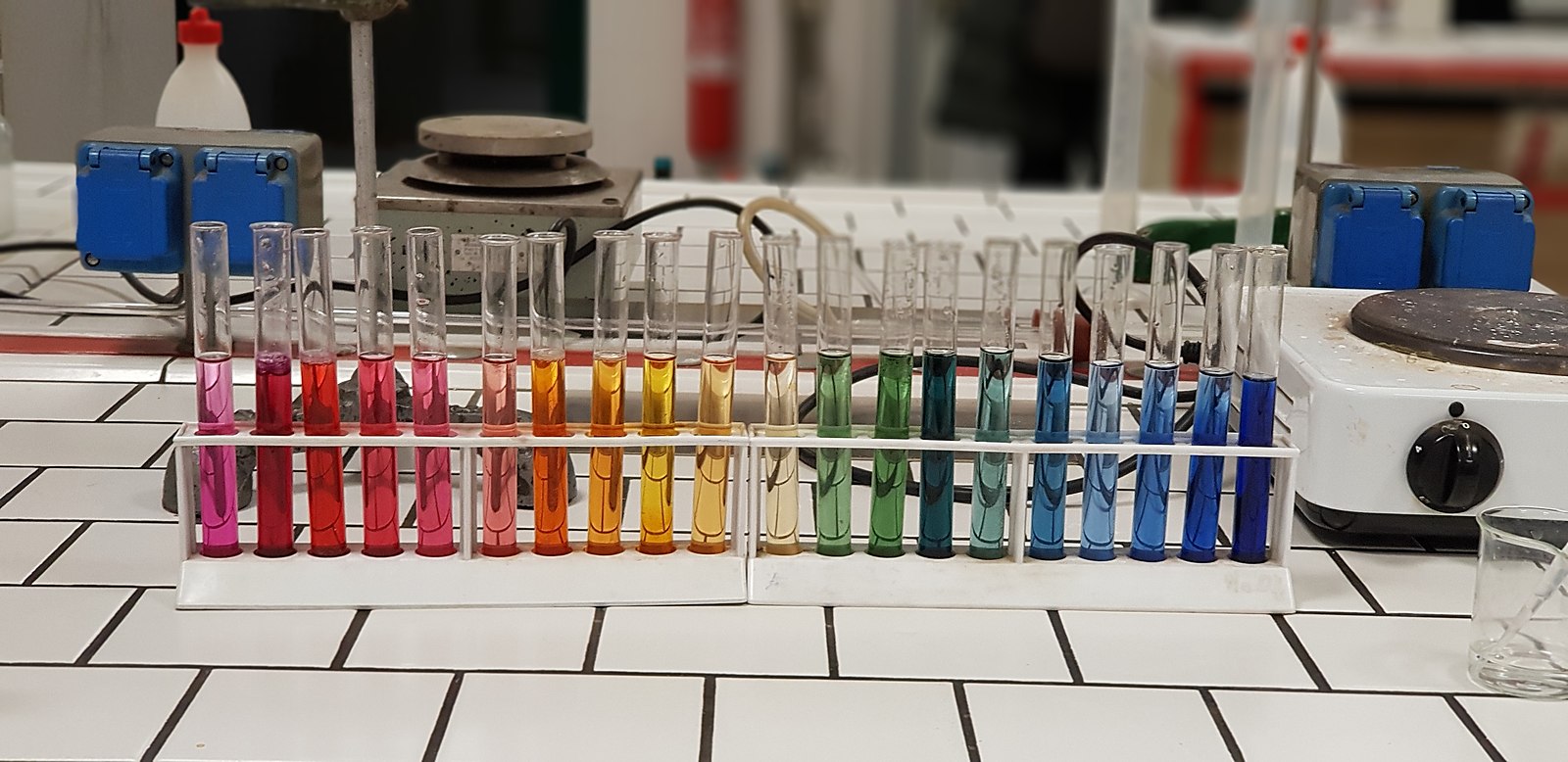The pH value of chlorinated tap water typically falls within a range of 6.5 to 8.5. Chlorine, a common disinfectant used in water treatment, raises the pH level of the water, making it more alkaline or basic. Understanding the pH of chlorinated tap water is crucial for maintaining a safe and comfortable drinking water supply.
The Impact of Chlorine on Water pH
When chlorine is added to water, it reacts with impurities, forming disinfection by-products (DBPs). The main DBPs formed are trihalomethanes (THMs), which have a maximum allowable concentration (MAC) of 0.100mg/L as per the Canadian Drinking Water Guidelines. These DBPs can be harmful to human health.
The addition of chlorine to water leads to the formation of hypochlorous acid (HOCl) and hypochlorite ions (OCl-), which are the main disinfecting compounds in chlorinated water. At lower pH levels, hypochlorous acid dominates, while at higher pH levels, hypochlorite ions become more prevalent. This combination of compounds is referred to as ‘free chlorine’.
Maintaining the Ideal pH Range
To maintain the ideal pH range of 6.5 to 8.5 for chlorinated tap water, several steps can be taken:
-
Alkalinity Adjustment: The total alkalinity of the water should be kept within a range of 80-120 parts per million (ppm). This can be achieved by adding chemicals such as lime, caustic soda, or soda ash to the water.
-
pH Balancing: If the pH level is too high (above 8.5), it can be lowered by adding an acid, such as muriatic acid or carbon dioxide. Conversely, if the pH level is too low (below 6.5), it can be raised by adding a base, such as sodium hydroxide or calcium hydroxide.
-
Filtration and Aeration: Placing the water in contact with a bed of sparingly soluble material, such as marble, can help balance the pH level. Additionally, aeration can help remove excess carbon dioxide, which can lower the pH.
-
Regular Testing and Monitoring: Consistent testing and monitoring of the pH and total alkalinity levels are crucial for maintaining the ideal water chemistry. This ensures the water remains safe and comfortable for consumption and use.
Disinfection By-Products and Health Concerns
Disinfection by-products (DBPs), such as trihalomethanes (THMs), are formed when chlorine reacts with organic matter in the water. These DBPs have been linked to various health concerns, including increased risk of cancer, reproductive issues, and developmental problems.
To minimize the formation of DBPs, water treatment facilities may use alternative disinfection methods, such as ozonation or ultraviolet (UV) light, in addition to or instead of chlorination. Proper pH management and the use of activated carbon filtration can also help reduce the levels of DBPs in the water.
Conclusion
The pH of chlorinated tap water is a crucial factor in maintaining a safe and comfortable drinking water supply. By understanding the impact of chlorine on water pH, and implementing proper alkalinity adjustment, pH balancing, and regular testing and monitoring, water treatment facilities can ensure that the pH of chlorinated tap water falls within the ideal range of 6.5 to 8.5. This not only promotes effective disinfection but also minimizes the formation of harmful disinfection by-products, protecting public health.
References:
- Atlas Scientific. (n.d.). Does Chlorine Raise Or Lower pH? Retrieved from https://atlas-scientific.com/blog/does-chlorine-raise-or-lower-ph/
- Safe Drinking Water Foundation. (2017, January 23). What is Chlorination? Retrieved from https://www.safewater.org/fact-sheets-1/2017/1/23/what-is-chlorination
- Brenna Farmer. (2016, March 22). PH & CHLORINE. Retrieved from https://www.gov.nl.ca/ecc/files/waterres-training-adww-2016-07-brenna-farmer.pdf
- World Health Organization. (n.d.). Occurrence and Analysis of Disinfection By-Products in Drinking-Water. Retrieved from https://www.who.int/water_sanitation_health/dwq/chemicals/en/ph.pdf
- Atlas Scientific. (2023, September 13). Does Chlorine Raise Or Lower pH? Retrieved from https://atlas-scientific.com/blog/does-chlorine-raise-or-lower-ph/.

